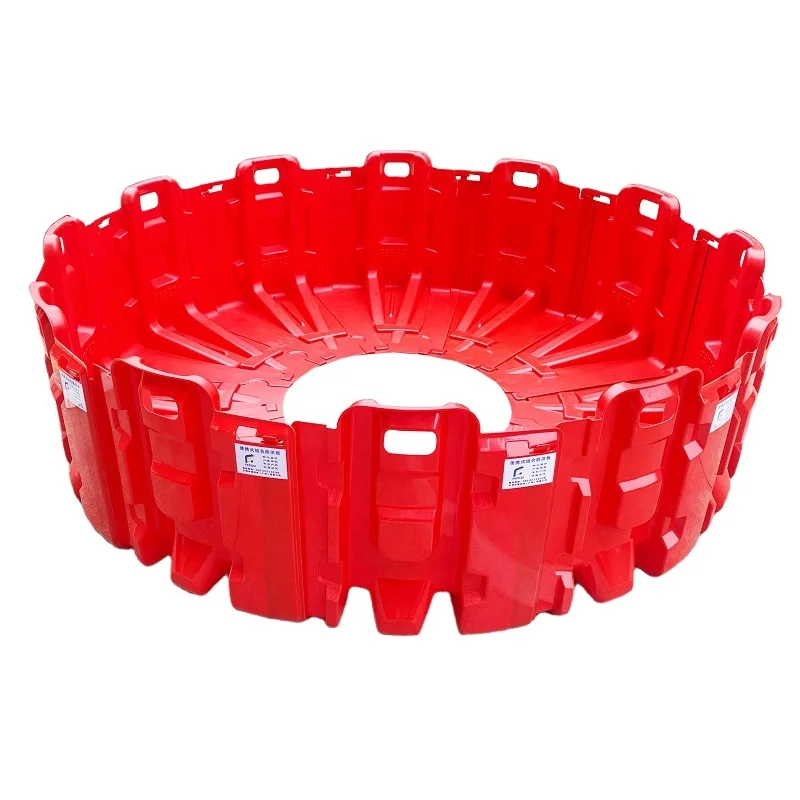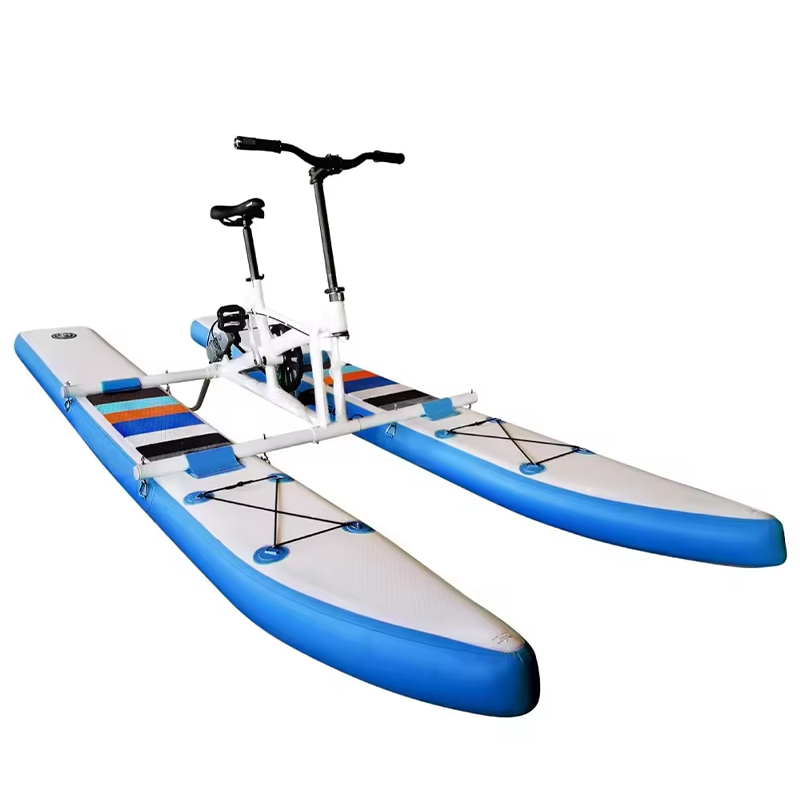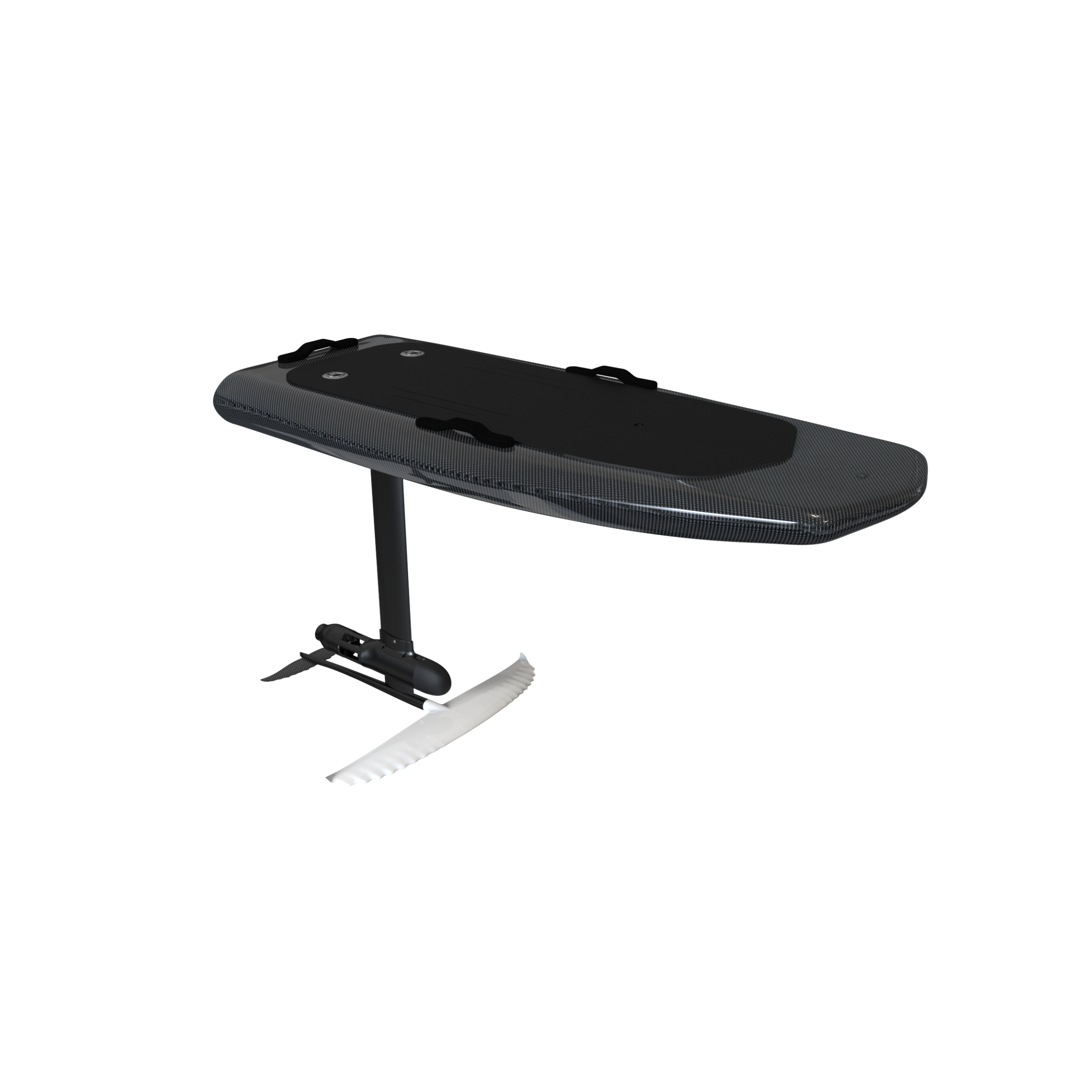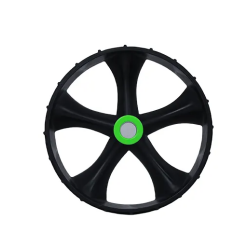The Growing Demand for Rapid-Installation Flood Barriers
Climate Change and Escalating Coastal Threats
Coastal flooding is becoming more frequent and severe due to climate change, significantly increasing the demand for effective flood protection solutions. The National Oceanic and Atmospheric Administration (NOAA) reports that rising temperatures lead to the melting of glaciers and thermal expansion of oceans, contributing to the rapid sea-level rise. This poses a direct threat to coastal properties and infrastructures. Rising sea levels can result in extensive property damage, displacing coastal communities and disrupting local economies. More than 40% of the U.S. population lives in areas vulnerable to flooding, underscoring the necessity for rapid-deployment solutions such as flood barriers.
The looming threat is not limited to immediate physical damage; it extends to long-term socio-economic impacts. Coastal flooding jeopardizes critical infrastructures such as roads and utilities, highlighting an urgent need for robust defense systems. Implementing rapid-installation flood barriers can prove essential to mitigating these risks. As these threats continue to escalate, the adoption of advanced flood barriers becomes increasingly critical for safeguarding communities against future climate-induced catastrophes.
Cost-Effective Protection for Vulnerable Properties
The financial repercussions of flooding are devastating for vulnerable properties, encompassing exorbitant repair expenses and plummeting property values. According to the Insurance Information Institute, flood-related damages incur billions of dollars in costs annually. In this economic climate, flood barriers present a cost-effective alternative to traditional flood defenses. Unlike conventional methods, these barriers require less maintenance and can be rapidly deployed, making them an economical long-term investment by minimizing recurring expenditures.
Moreover, governments are rolling out incentives and subsidies to encourage the adoption of flood barriers. These incentives not only alleviate initial installation costs but also foster community resilience by enhancing overall preparedness against flooding. Such measures play a crucial role in motivating property owners to invest in flood protection, thereby reducing overall economic vulnerability to future natural disasters.
Core Technologies Behind Quick-Install Flood Barrier Systems
Lightweight Composite Materials Inspired by Marine Engineering
The use of lightweight composite materials, derived from marine engineering, has revolutionized the portability and effectiveness of quick-install flood barriers. These advanced materials offer a unique combination of durability and resistance to harsh environmental conditions, making them ideal for temporary flood defenses. By borrowing insights from the marine industry, which regularly deals with extreme weather conditions, this technology ensures that barriers remain robust even during severe storms. For instance, some quick-install flood barriers utilize marine-engineered composites, allowing for easy transport and setup without compromising on strength or reliability.
Modular Design for 7-Minute Deployment
The modular design of flood barrier systems significantly contributes to their rapid deployment and adaptability. This innovative concept enables users to tackle unexpected flooding events with quick and flexible responses. The design allows individual panels to be assembled and fastened together, forming a continuous barrier that can be erected within a mere 7-minute timeframe. This speed and simplicity are crucial during emergencies where every second counts. Real-life deployments of these systems have demonstrated their practicality, such as in urban areas where quick installation is often needed to minimize flood damage, providing a seamless defense against rising waters.
LiDAR Mapping for Custom Flood Risk Profiles
LiDAR (Light Detection and Ranging) technology plays a pivotal role in creating custom flood risk profiles, allowing for more precise planning and implementation of flood barriers. By providing high-resolution topographical data, LiDAR enables the detailed assessment of flood-prone areas, facilitating tailored solutions that fit the specific needs of each location. This level of customization ensures that defenses are not only effective but also optimized for efficiency. Successful applications of LiDAR in flood defense systems have been well-documented, revealing its potential to revolutionize how we approach flood risk management in high-risk zones, thereby enhancing preparedness and resilience.
Sustainability in Flood Defense: Eco-Friendly Barrier Solutions
Recyclable Materials Reducing Environmental Impact
The use of recyclable materials in the production of flood barriers is paramount in reducing environmental impact. These eco-friendly solutions not only protect communities from flooding but also ensure that the production process does not contribute to environmental degradation. Innovations in recyclable materials, such as those derived from biopolymers and recycled plastics, provide high durability and resistance to water while being sustainably sourced. For instance, materials like fiberglass have proven their worth by withstanding harsh conditions and being recyclable at the end of their lifecycle.
Statistics show a significant reduction in waste when using recyclable materials in flood defense systems. According to a report by the Environmental Protection Agency, recycling rates have increased to over 35% in the flood defense sector, highlighting the concrete steps taken towards environmental sustainability. These statistics confirm the potential benefits of recyclable flood barriers in fostering a greener and more sustainable approach to flood management.
Adaptive Designs for Long-Term Resiliency
Adaptive design principles are essential in ensuring the long-term effectiveness and resiliency of flood barriers against evolving climatic threats. These designs incorporate flexible configurations, allowing barriers to adjust based on real-time data. For example, some innovative systems can alter their height and length to accommodate varying flood levels, offering a tailored response to different flooding scenarios.
An example of effective adaptive design is the modular system that integrates sensors to monitor water flow and adjust automatically. Expert testimonials, such as those from engineers and environmental scientists, express confidence in these adaptive designs. They highlight how these technologies enhance flood resilience, as they evolve with climate conditions and provide customizable solutions to mitigate flood risks over the long term. This adaptability ensures that flood barriers remain effective and reliable, even as environmental challenges continue to evolve.
Real-World Applications of Quick-Deploy Systems
NYC's East Side Coastal Resiliency Project Case Study
The East Side Coastal Resiliency (ESCR) Project in New York City exemplifies the real-world application of quick-deploy flood barrier systems, aiming to protect residents from the increasing threats posed by climate change. The project's main objective is to provide comprehensive flood defense mechanisms to over 110,000 Lower East Side residents, including a significant number living in public housing. By creating raised parklands, floodwalls, berms, and deploying 18 flexible flood gates, the project addresses not only the immediate threat of rising sea levels but also integrates enhanced public spaces for community use.
During its implementation, the project faced numerous challenges, including the need for continuous community cooperation and adapting to the local urban environment. By successfully navigating these hurdles, ESCR showcases how modern flood barrier technologies can effectively be incorporated into urban planning. Credibly, the project was completed two months ahead of schedule and $10 million under budget, demonstrating tangible success in meeting its goals. Local government and environmental organizations have praised the project for its innovation and efficiency, as evidenced by testimonials from city officials celebrating its role in promoting coastal resiliency NYC flood project.
Residential Riverfront Protection Strategies
Residential areas near riverfronts adopt various strategies to mitigate flood risks effectively. Homeowners and communities have increasingly turned to quick-deploy systems for reliable protection. These systems allow for rapid installation in the face of imminent flooding, ensuring crucial time is not lost to lengthy setups. Community-led initiatives play a significant role in promoting these flood defense systems. By collaborating on funding and installation efforts, neighborhoods strengthen their collective resilience against floods.
An exemplary case study is the successful deployment of quick-deploy flood barriers by a neighborhood near a major riverfront, where coordinated community action resulted in significantly reduced flood impact during high water events. Residents reported peace of mind knowing their homes were safeguarded, which underscores the usefulness of such systems in residential contexts. With innovative tools at their disposal, communities no longer just rely on municipal actions; they also actively participate in protecting their surroundings from flood threats.








 Hot News
Hot News
